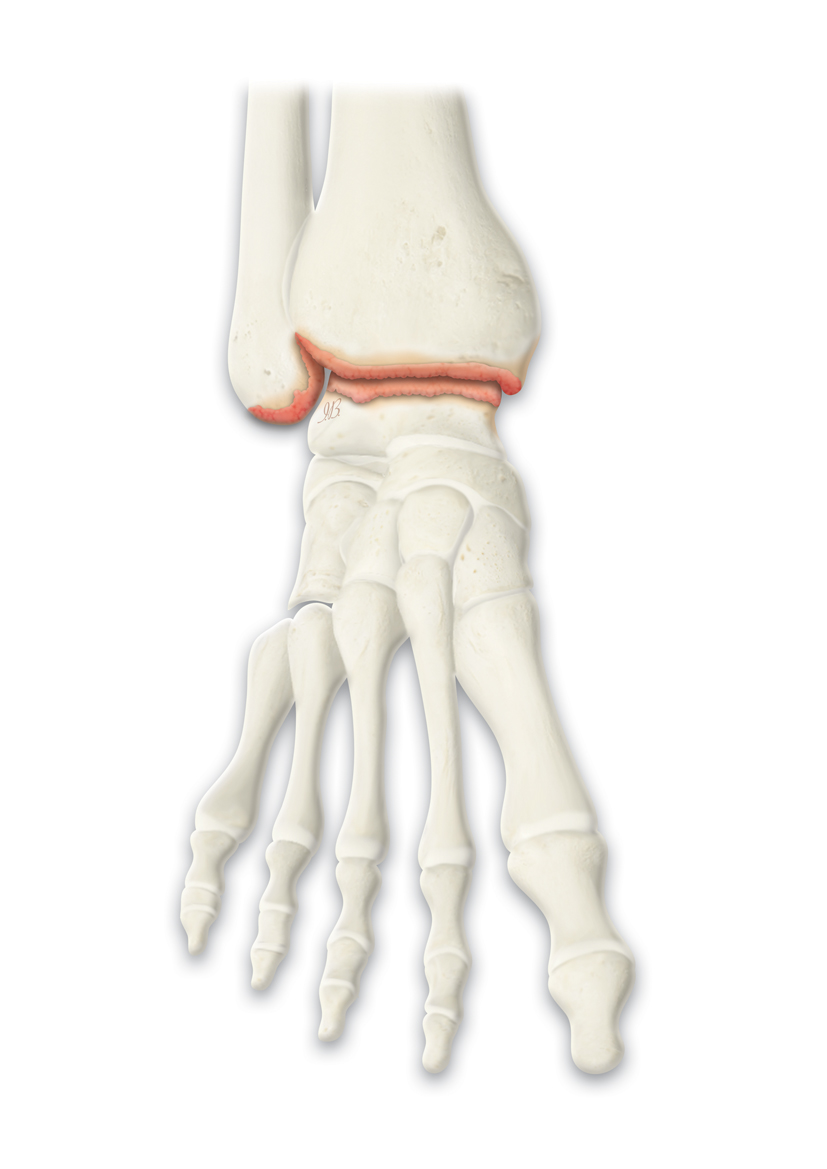Home / Limb Deformities / Ankle Arthritis
Ankle arthritis is a stiffening of the joint that restricts mobility and use. There are 50,000 new cases of ankle arthritis in the U.S. every year. 1


Wear and tear over time and swelling in the joint (often due to other causes, such as diabetes or cardiovascular disease), as well as trauma and immune conditions, can lead to stiffness, pain, and a reduced ability to move, walk and even stand.

Diagnosis of arthritis involves a physical exam, evaluation of the patient’s medical history and imaging such as an X-ray, MRI, or CT.

When more conservative treatments (such as pain medication, steroid injections, activity modifications/limits, walking aids, cushioned and specially designed footwear, and stabilizing braces) have failed, ankle arthrodesis may be performed.1 The goal of the procedure, commonly known as ankle fusion (as the tibia, fibula and talus are fused into one bone), is to relieve pain and maintain or improve function by eliminating motion in the arthritic joint. In younger more active patients ankle debridement, distraction arthroplasty and supramalleolar osteotomy (in near normal ranges of movement) are all options which aim to attempt to conserve the joint surface, and may be effective in selected cases. Arthroplasty (joint replacement) may also be offered in some cases.
As part of the fusion procedures, osteotomy (the surgical cutting or removal of a piece of bone to alter alignment) may be performed in the lower leg, with the use of external fixation. This procedure stabilizes the operative site, allowing the bones to heal together. In case of infection or very damaged soft tissues, external fixation is the preferred treatment.2

Even after ankle fusion, patients may still have pain and may require further surgery if infection of the incision site or loosening of the bones arises.1 Left untreated, patients will continue to lose motion in the ankle and experience an increase in pain that restricts mobility and everyday activities.

If not treated, certain cases of pes planus can result in severe deformity and early onset of arthritis of the foot and ankle, causing severe pain and significantly reducing the ability to walk, even while wearing orthotics. After surgery, you may need to wear orthotics for the rest of your life.